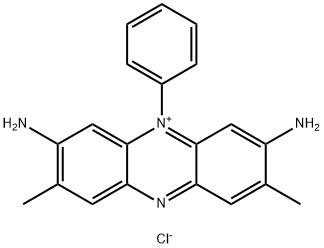|
Adipogen Life Sciences
CDX-G0061-L250
|
250ML |
$29 |
Gram’s safranin solution
|
|
|
AK Scientific
0001TG
|
1kg |
$75 |
BasicRed2,tech. |
|
|
Ambeed
A645497
|
1kg |
$87 |
3,7-Diamino-2,8-dimethyl-5-phenylphenazin-5-iumchloride |
|
|
Ambeed
A645497
|
25g |
$5 |
3,7-Diamino-2,8-dimethyl-5-phenylphenazin-5-iumchloride |
|
|
Ambeed
A645497
|
100g |
$15 |
3,7-Diamino-2,8-dimethyl-5-phenylphenazin-5-iumchloride |
|
|
Ambeed
A645497
|
500g |
$55 |
3,7-Diamino-2,8-dimethyl-5-phenylphenazin-5-iumchloride |
|
|
Biosynth Carbosynth
FB41348
|
50g |
$73 |
C.I.Basic Red 2 |
|
|
Biosynth Carbosynth
FB41348
|
25g |
$50 |
C.I.Basic Red 2 |
|
|
Biosynth Carbosynth
FB41348
|
100g |
$117 |
C.I.Basic Red 2 |
|
|
Biosynth Carbosynth
FB41348
|
250g |
$250 |
C.I.Basic Red 2 |
|

